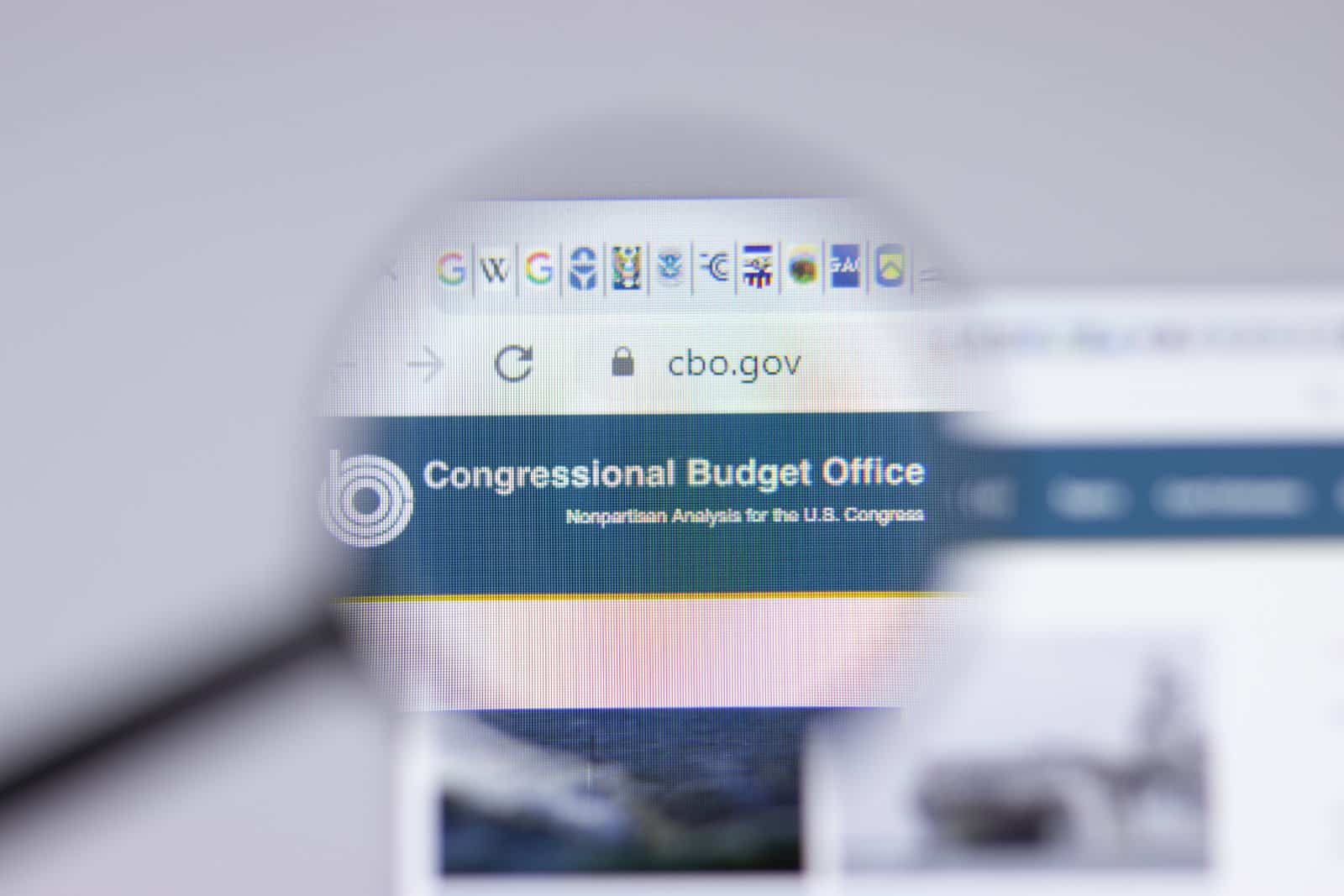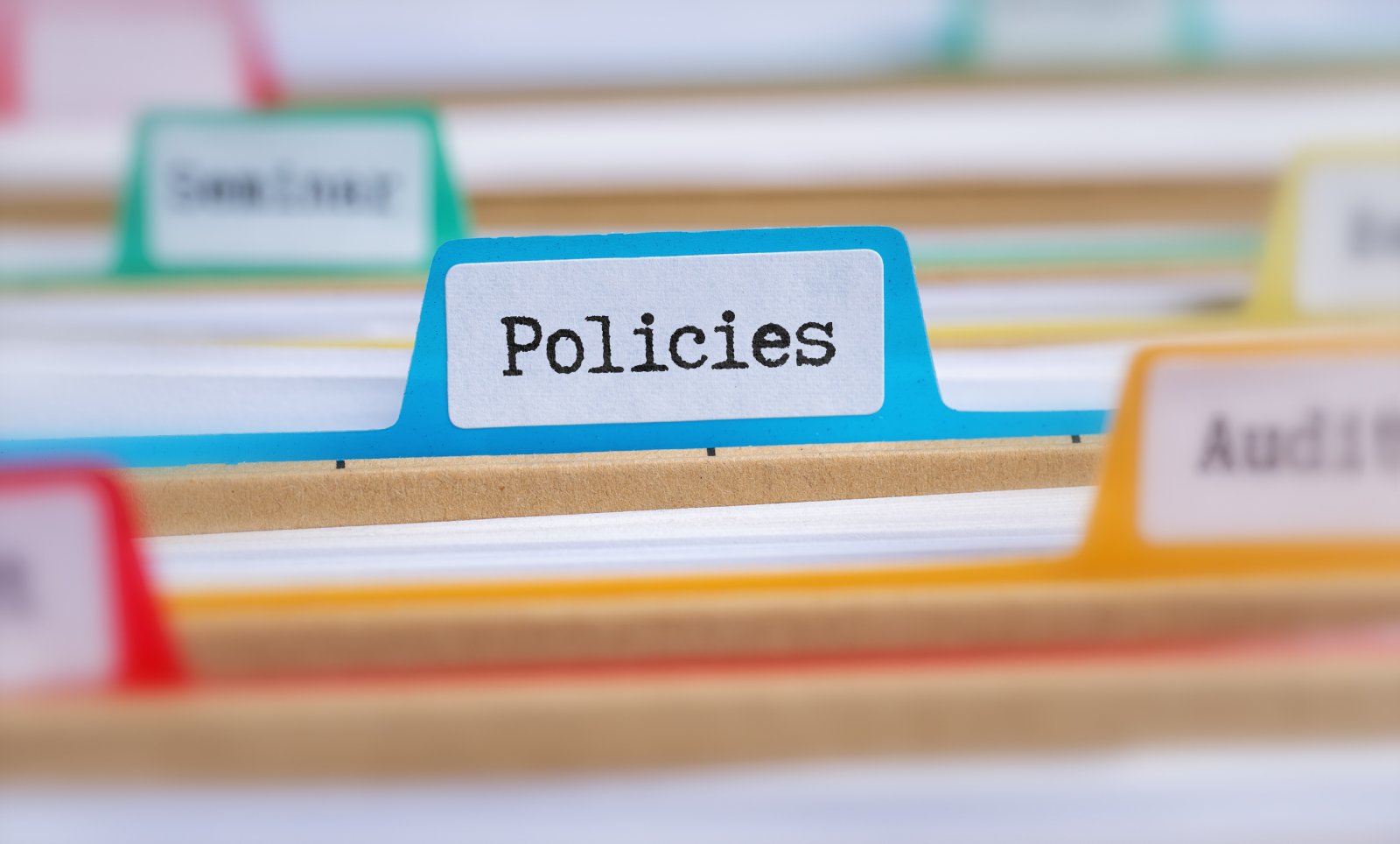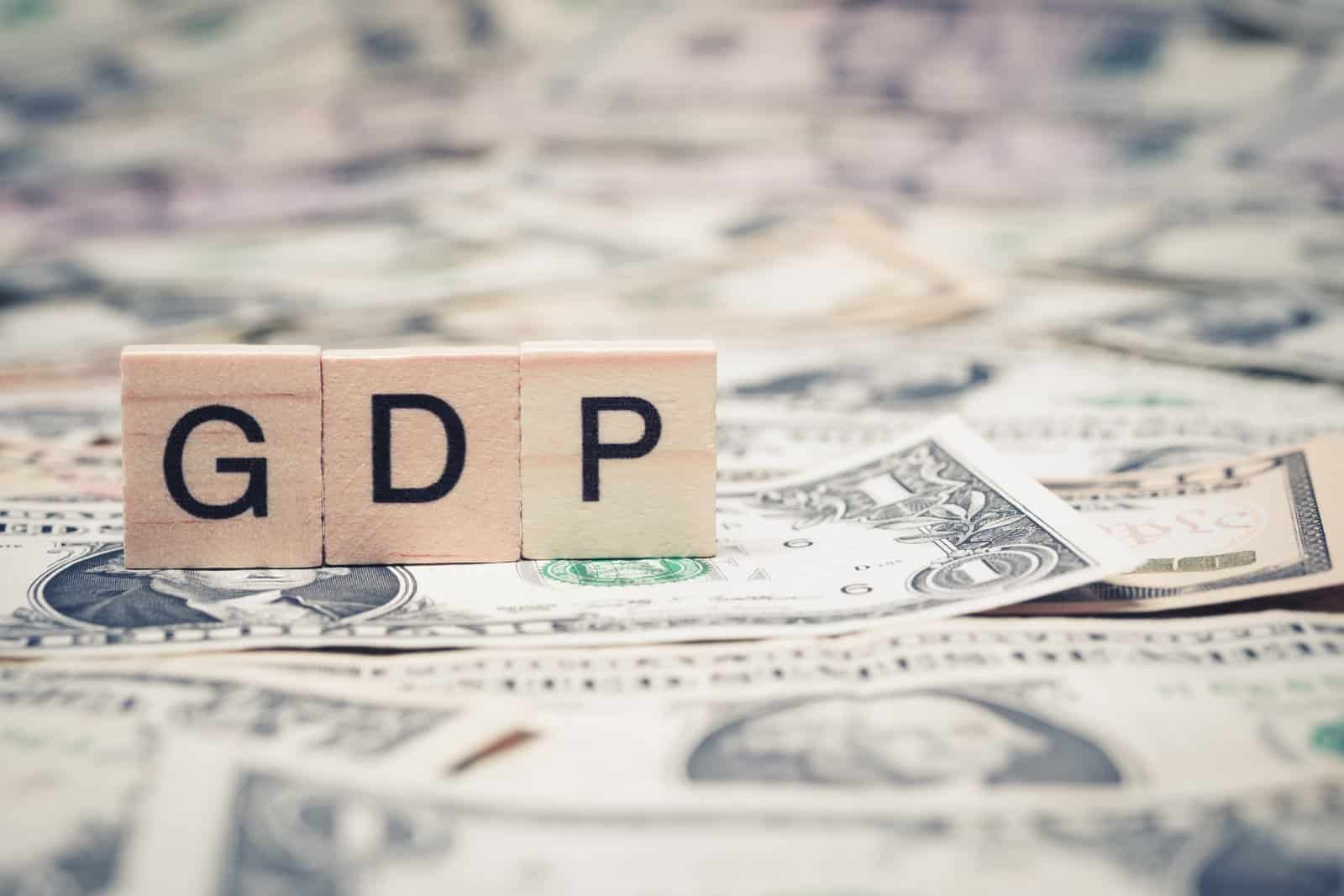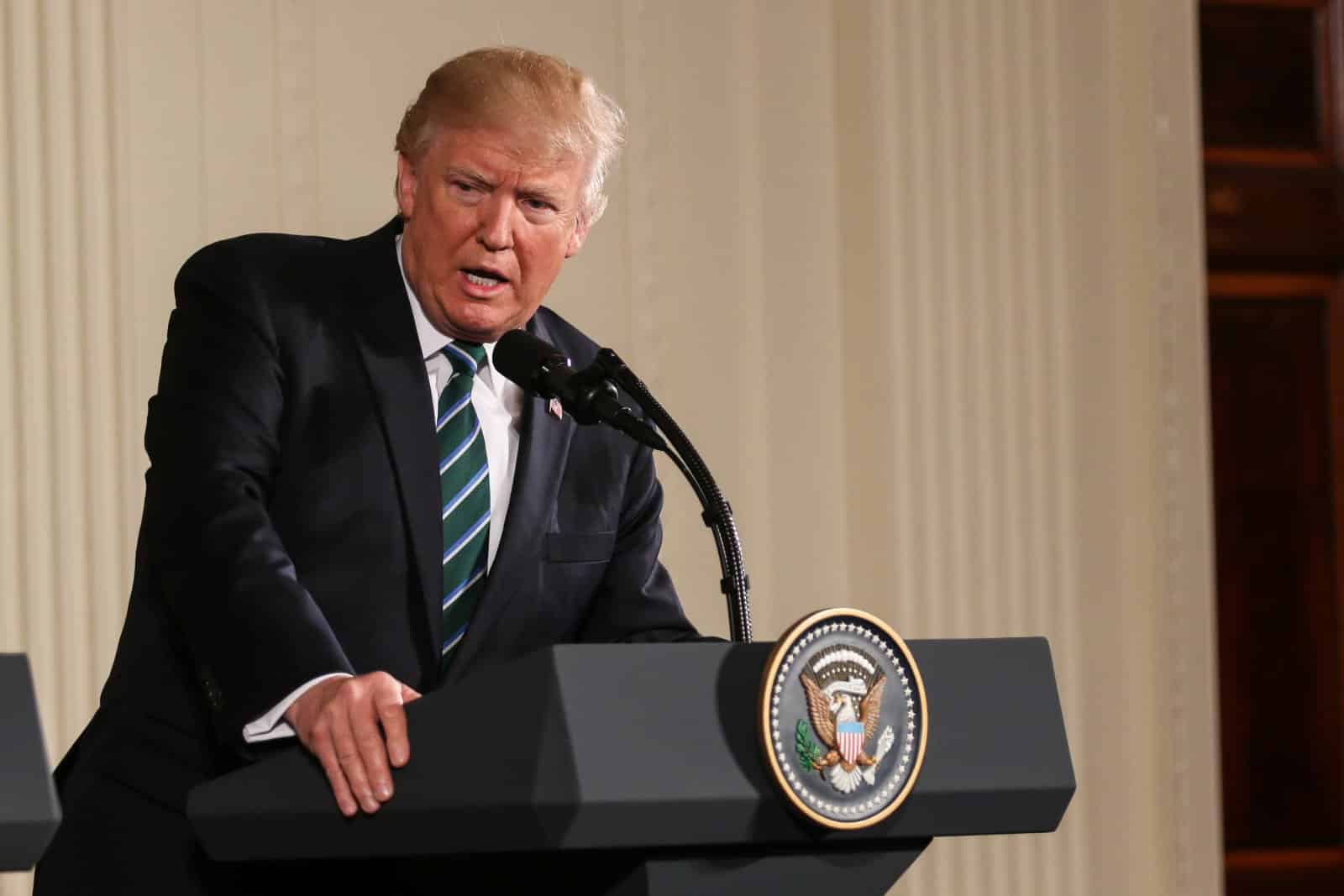Prominent economists have issued a dire warning about the state of America’s debt if left unchecked. Here’s the full story.
National Debt’s Dire Trajectory

The Government is amassing too much debt, according to experts from the Federal Reserve, JPMorgan Chase, Bank of America, and Blackrock – to name but a few.
The Economic Toll of $34 Trillion in Debt

These guys all attest that the national debt, which is currently sitting at $34 trillion, is becoming a severe issue.
The Future in Numbers

They’re worried that the debt will damage the economy and lead to stagnant wages. They also think that the ever-increasing debt will leave the U.S. unable to borrow from big banks in the future, which could possibly lead to a massive financial crisis.
Predicting a $141.1 Trillion National Debt

According to a recent report from the Congressional Budget Office (CBO) – an independent office that analyses federal expenses for Congress – by 2054, the national debt will be sitting at $141.1 trillion.
From GDP to Debt

Currently, the national debt is equivalent to 99% of America’s GDP (Gross domestic product – essentially the amount of money America makes in a year), but by 2054, the report states it will be worth 166%.
Breaking Records

It’s predicted to overtake the record of 106% of GDP set during World War 2 in 2028.
Economic Forecasts

One economist stated that if left unchecked, “Its consequences will be severe and leave lasting – probably irreversible – scars on our economy and society.”
Stagnant Wages and Borrowing Challenges Ahead?

According to the CBO’s report, mounting debt will “slow economic growth, push up interest payments to foreign holders of U.S. debt, and pose significant risks to the fiscal and economic outlook.”
The CBO’s Stark Warning

They added a warning for future governments too, “it could also cause lawmakers to feel more constrained in their policy choices” which could then “undermine the international geopolitical role of the United States.”
The Cost of Debt

The CBO is greatly worried that another financial crisis, akin to 2007-2008, “could erode confidence in the U.S. dollar as the dominant international reserve currency.”
The Geopolitical Cost of Debt

Losing its position on the global financial stage would be hazardous for America and could cause widespread issues for millions of citizens.
GAO’s Echoing Alarm

Another report released last month by the U.S. Government Accountability Office (GAO) doesn’t offer any reassurance.
According to GAO, “The federal government faces an unsustainable long-term fiscal path that poses serious economic, security, and social challenges if not addressed.”
Doubling Down on Debt

Their estimates are similar to that of the CBO, but they found that national debt would “grow more than twice as fast as the economy over a 30-year period, reaching 200 percent of GDP by 2050.”
The Need for Difficult Decisions

The GAO argues that “Congress and the administration will need to make difficult budgetary and policy decisions to address the key drivers of federal debt and change the government’s fiscal path.”
A Roadmap to Fiscal Responsibility

According to the GAO, smart policies from the Government would make the national debt grow at a similar rate to the economy – or slower in the best circumstances. They suggest that the Government: Utilize fiscal rules and targets to manage spending and revenue, controlling debt effectively. Consider various strategies for addressing the debt ceiling. Analyze both spending and income to comprehend the factors contributing to the budget deficit.
The Medicare and Social Security Time Bomb

The government must also address the imminent funding shortfalls in Medicare and Social Security, as their trust funds are approaching depletion and seek methods to enhance financial responsibility without necessitating significant policy reforms.
Growth vs. Austerity

Increasing the economy’s growth or cutting spending are seen as the two best options for solving the debt issue; however, these are tough to implement as they’re not instant fixes.
Optimistic Outlooks

Despite these warnings, some economists are optimistic that America can solve its debt issues.
Investing in Growth to Counter Debt

They argue that more spending by the Government leads to higher productivity and an increase in GDP.
Economist Brett House explained, “Public debt is justified if it is invested in productivity-enhancing measures that will ensure the economy generates growth that’s required to finance that debt.”
The Deficit Debate

Other economists echo that view, with one explaining that while the national debt is extensive, as long as the yearly deficit doesn’t grow in size, there shouldn’t be any worries about a financial crisis.
Strategic Adjustments

These experts suggest that a strategic adjustment of approximately $400 billion spread over several years could effectively address the escalating debt problem.
Biden’s New 401(k) Rule: Employers Frustrated as Retirement Planning Responsibilities Shift

The latest Biden administration rule on 401(k) plans is reshaping how employers manage retirement plans. It’s a complex scenario requiring a fresh understanding of fiduciary duties and provider relationships. This rule aims to protect employees but also imposes new responsibilities on employers. Biden’s New 401(k) Rule: Employers Frustrated as Retirement Planning Responsibilities Shift
Elon Musk: New Immigration Bill ‘Enables Illegals to Vote’

Elon Musk is calling for prosecutions after the text for a new senate bill on immigration was released. Musk accused the new bill of “enabling illegals to vote.” Elon Musk: New Immigration Bill ‘Enables Illegals to Vote’
Colorado Officials Reject Sanctuary City Status, Warn Against ‘Dangerous Game’

With increasing numbers of migrants arriving in Colorado, public officials have rejected any notion of the state becoming a sanctuary for migrants and asylum seekers. Colorado Officials Reject Sanctuary City Status, Warn Against ‘Dangerous Game’
Disney Challenges DeSantis’ “Don’t Say Gay” Rule With a Hefty Lawsuit

Disney is set to appeal its refusal for a lawsuit against Ron DeSantis, who stripped the company of its rights for disagreeing with the Governor’s views on the teaching of sexual orientation in classrooms. Disney Challenges DeSantis’ “Don’t Say Gay” Rule With a Hefty Lawsuit
Trump on the Attack as 21 Million Americans Flock to Obamacare, Biden Pushes Forward

An unprecedented surge in health plan enrollments has reignited former President Donald Trump’s commitment to dismantling the program should he secure the GOP nomination once again. Trump on the Attack as 21 Million Americans Flock to Obamacare, Biden Pushes Forward
The post U.S. Debt Hits $34 Trillion, Experts Warn of Severe Economic Threats first appeared on From Frugal to Free.
Featured Image Credit: Shutterstock / rarrarorro.
The content of this article is for informational purposes only and does not constitute or replace professional financial advice.
